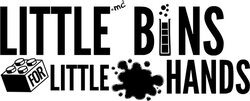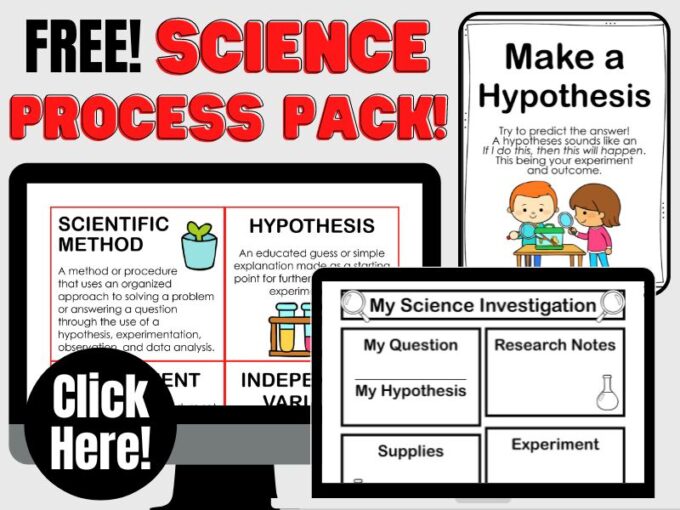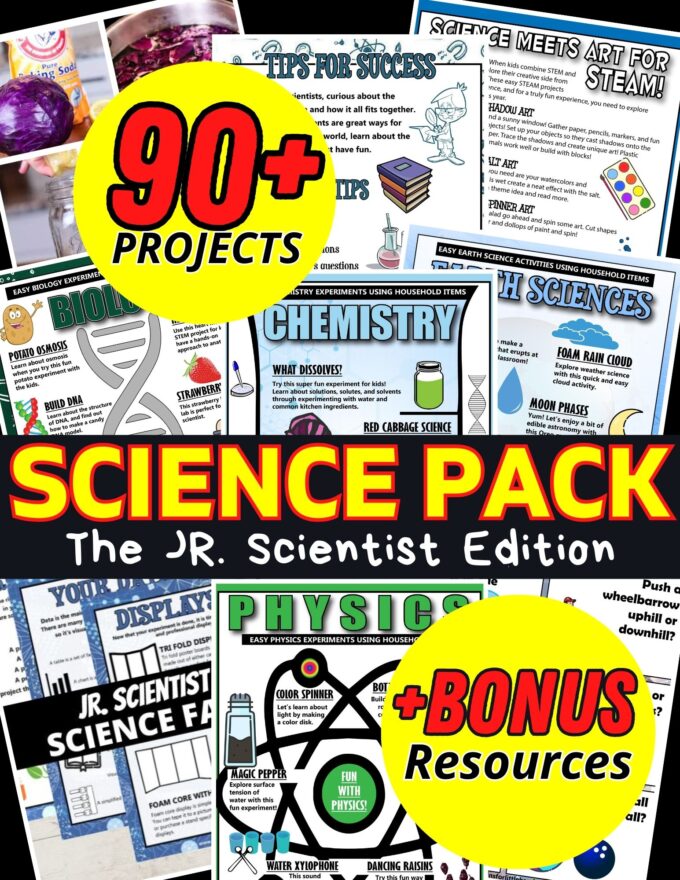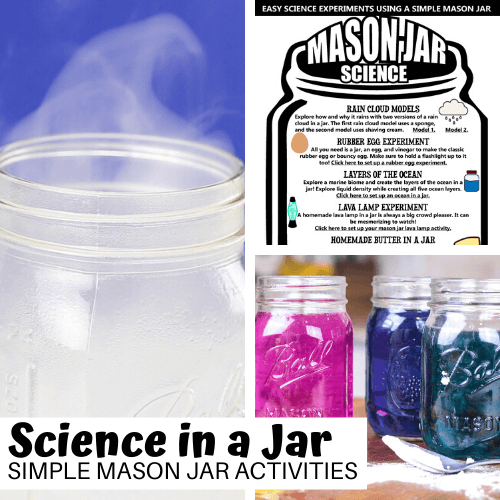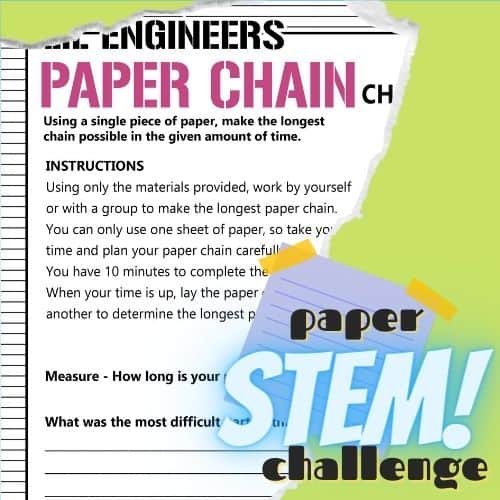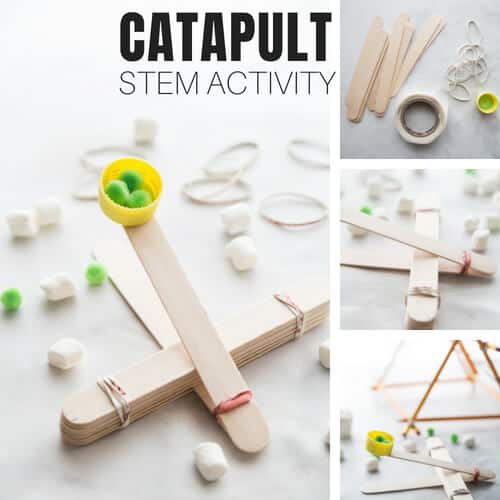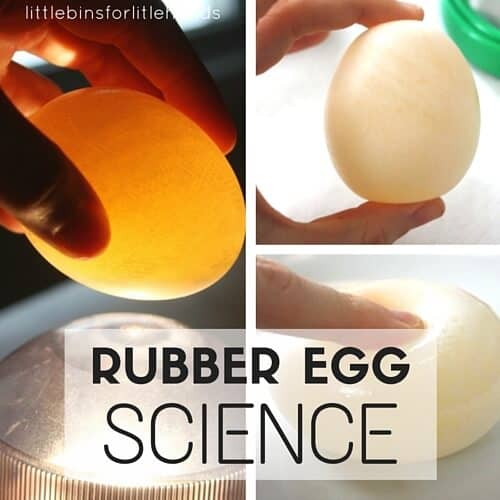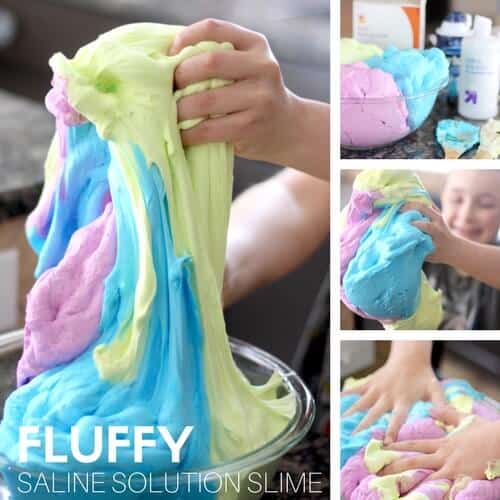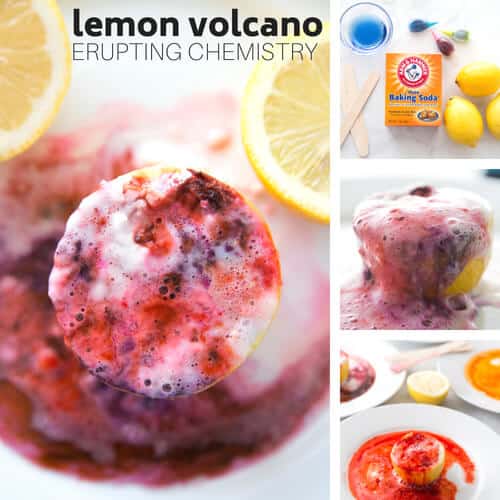Can an egg slip into a bottle without you even touching it? Sounds like magic, right? Well, it’s not magic – it’s science! Find out you can get an egg into a bottle. We’ll guide you through the steps, explain the science stuff in simple terms and even give you tips to turn it into an egg-cellent science project! This egg in a bottle experiment is about to take your love for science to a whole new level. Are you egg-cited?

Explore Air Pressure With Kids
This egg in a bottle project is a fun way to learn about how changes in air pressure can result in a fascinating and seemingly magical outcome. All you need are a few supplies you would have in your own kitchen. That’s why we call it kitchen science!
Our science experiments are designed with you, the parent or teacher, in mind! Easy to set up, and quick to do, most activities will take only 15 to 30 minutes to set up and are heaps of fun! Plus, our supplies lists usually contain only free or cheap materials you can source from home!
Grab a bottle or jar, and find out how an egg can get sucked in the bottle. Get your kids to make a prediction, what do they think will happen to the egg when it seals the bottle?
Encourage kids to think critically and analyze why the egg moves into the bottle. They will learn to connect cause and effect, linking the heating and cooling of air to the movement of the egg.
This experiment may require some patience and persistence as kids troubleshoot and try different approaches to make the egg move into the bottle successfully. A great way to teach them the importance of perseverance in scientific exploration.
Extend the activity by getting kids to make observations, form hypotheses, conduct the experiment, and draw conclusions based on their findings. Kids can even share their findings and explain the science behind the experiment. This may involve discussing the concepts with peers, teachers, or parents.
Using The Scientific Method
The scientific method is a process or method of research. A problem is identified, information about the problem is gathered, a hypothesis or question is formulated from the information, and the hypothesis is tested with an experiment to prove or disprove its validity.
Sounds heavy… What in the world does that mean?!? It means you don’t need to try and solve the world’s biggest science questions! The scientific method is all about studying and learning things right around you.
As children develop practices that involve creating, gathering data evaluating, analyzing, and communicating, they can apply these critical thinking skills to any situation.
LEARN MORE HERE: Using The Scientific Method with Kids
Note: The use of the best Science and Engineering Practices is also relevant to the topic of using the scientific method. Read more here and see if it fits your science planning needs.
Helpful Science Resources
Here are a few resources that will help you introduce science more effectively to your kiddos or students. Then you can feel confident yourself when presenting materials. You’ll find helpful free printables throughout.
- Best Science Practices (as it relates to the scientific method)
- Science Vocabulary
- 8 Science Books for Kids
- All About Scientists
- Science Supplies List
- Science Tools for Kids
- Join us in the Club
How Does An Egg Get Sucked Into A Bottle?
When you add the burning paper to the bottle or jar, the air inside gets hot. When the
air gets hot, it takes up more space inside the jar. The egg is placed on top of the bottle creating a seal that keeps the air from escaping.
As the air inside the bottle heats up, it expands. According to Boyle’s Law, when the volume of the gas (air) increases, its pressure decreases. Once the paper burns out, the air inside the bottle begins to cool.
As the air inside the bottle cools, it contracts, creating a partial vacuum. Outside air pressure is now greater than the pressure inside the bottle. The pressure difference between the inside and outside of the bottle causes the egg to be pushed into the bottle.
This experiment is a hands-on illustration of the principles outlined by Boyle’s Law. Boyle’s Law states that at a constant temperature, the pressure of a gas is inversely proportional to its volume. In simple terms, if you squeeze a gas into a smaller space, its pressure goes up, and if you let it expand into a larger space, its pressure goes down.
Related Experiments: Use air pressure to crush a can, and make water rise.
Turn It Into A Egg In A Bottle Science Project
Science projects are an excellent tool for older kiddos to show what they know about science! Plus, they can be used in all sorts of environments including classrooms, homeschool, and groups.
Kids can take everything they have learned about using the scientific method, stating a hypothesis, choosing variables, making observations and analyzing and presenting data.
Want to turn this experiment into an awesome science fair project? Check out these helpful resources.
Free Printable Science Journal Worksheets
Create a science notebook with these easy-to-use science worksheets to accompany any experiment. Grab your free science process journal pack!
Egg in a Bottle Experiment
Supplies:
- Small mouth
- Glass bottle or jar (A glass coffee or a spaghetti sauce bottle will work well)
- Lighter or match
- Paper strip
- Peeled hard boiled egg that is slightly larger than the bottle’s opening
Instructions:
WARNING: Fire is involved so adult supervision is required!
STEP 1: Fold a paper strip and light it with a match.
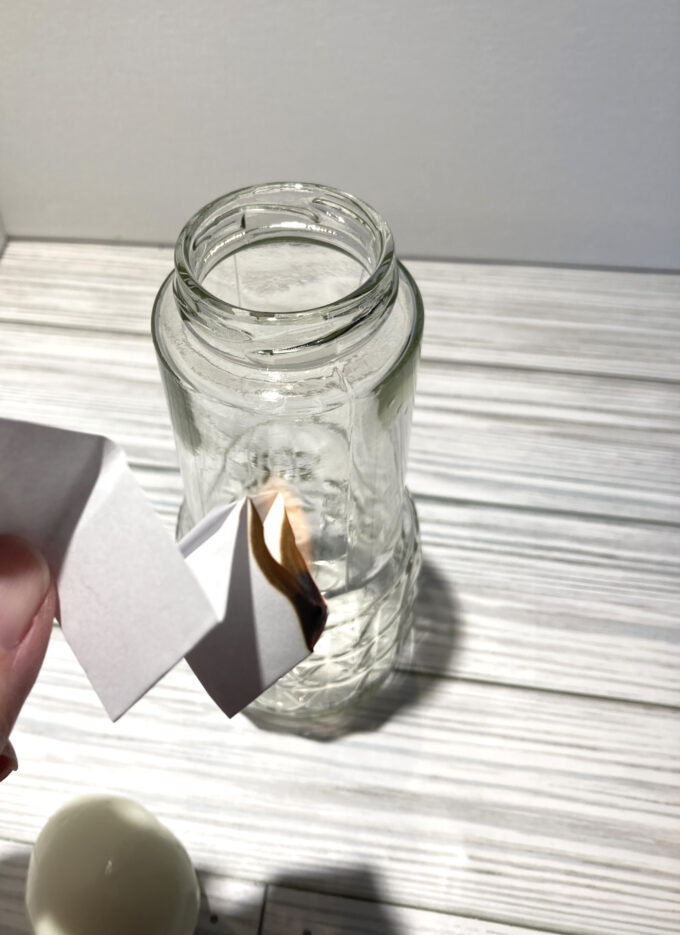
STEP 3: Drop the burning paper into the jar or bottle and place the egg on top.
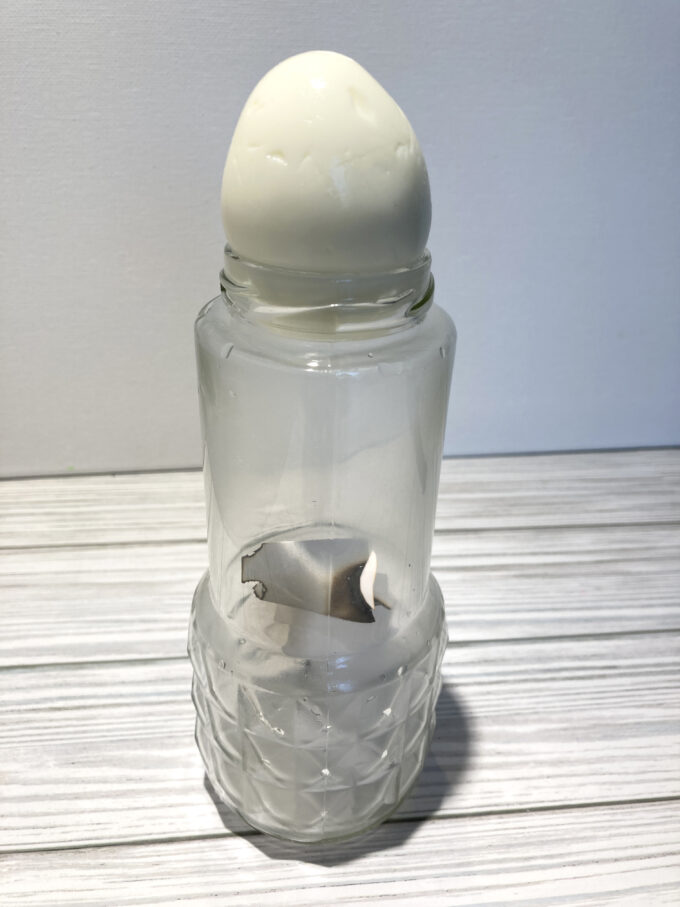
STEP 3: Now watch the magic happen.
Tip: If the egg does not pass easily into the jar, you can lubricate the edge of the jar
with vegetable oil.
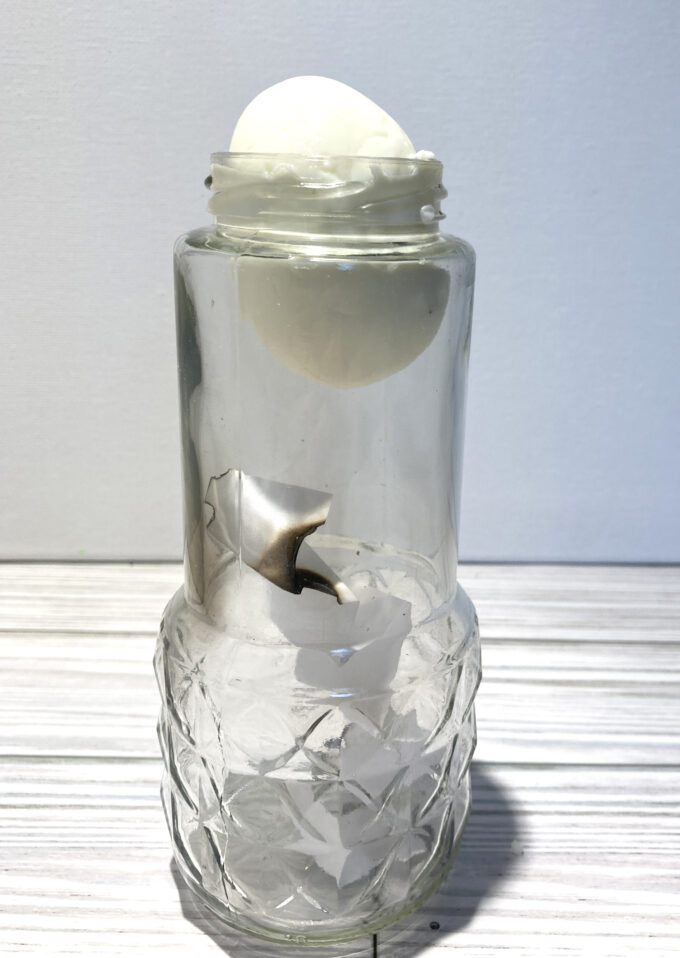
STEP 4: Record your observations with our printable science worksheets above.
Investigate: Try placing the jar in a bowl of hot water. Did it have the same effect?
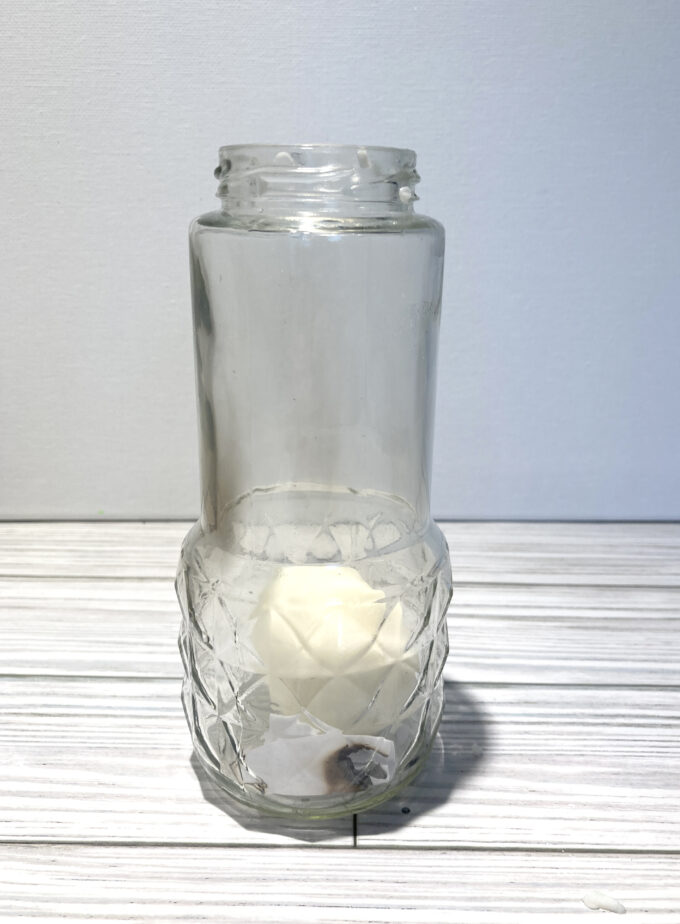
More Fun Science Experiments To Try
- Egg in Vinegar Experiment
- Bread Mold Experiment
- Salt Water Density Experiment (this also uses an egg!)
- Can Crusher Experiment
- Floating Rice Experiment
- Glowing Spinach

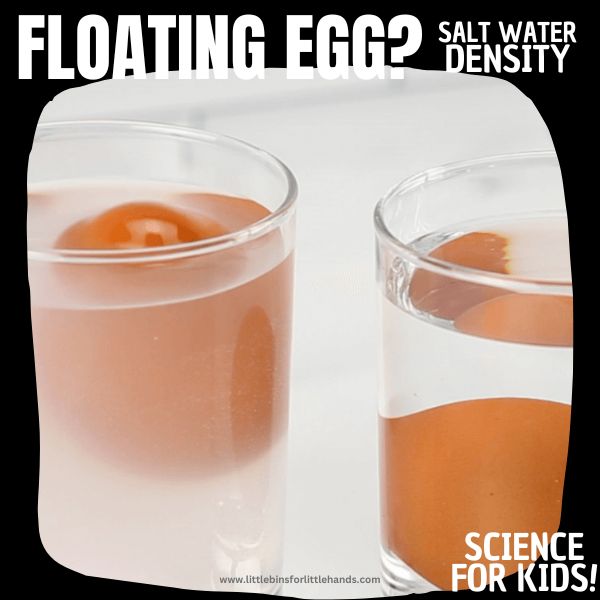

Printable Science Projects Pack For Kids
If you’re looking to grab all of our printable science projects in one convenient place plus exclusive worksheets and bonuses like a STEAM Project pack, our Science Project Pack is what you need! Over 300+ Pages!
- 90+ classic science activities with journal pages, supply lists, set up and process, and science information. NEW! Activity-specific observation pages!
- Best science practices posters and our original science method process folders for extra alternatives!
- Be a Collector activities pack introduces kids to the world of making collections through the eyes of a scientist. What will they collect first?
- Know the Words Science vocabulary pack includes flashcards, crosswords, and word searches that illuminate keywords in the experiments!
- My science journal writing prompts explore what it means to be a scientist!!
- Bonus STEAM Project Pack: Art meets science with doable projects!
- Bonus Quick Grab Packs for Biology, Earth Science, Chemistry, and Physics
